Now Offering Minimally Invasive Pain Procedures!
-
Do you suffer from chronic back or joint pain?
-
Have you previously had knee replacement surgery and still suffer from knee pain?
-
Are you considering knee replacement surgery but would like to try a conservative approach first?
-
Do you simply want an alternative to using opioids to manage your pain?
If you answered yes to any of these questions, give us a call today. We now offer minimally invasive treatment options that can be done in office and are typically covered by insurance.
Call: (208) 232-8346
What is vein disease?
Healthy veins have one-way valves that keep blood flowing toward the heart, against the force of gravity. When these valves become weak and don’t close properly, they allow blood to flow backward, a condition called venous insufficiency or vein reflux. Veins that have lost their valve effectiveness, become elongated, rope-like, bulged, and thickened. These enlarged, swollen vessels are known as varicose veins.
Common risk factors include:
- Age
- Family history
- Female gender
- Pregnancy, especially multiple pregnancies
Symptoms of vein disease may include:
- Visible varicose or spider veins
- Aching leg pain
- Leg cramps or restlessness
- Heaviness or leg fatigue
- Itching or burning
- Leg swelling or tightness
- Darkening ankle skin
- Slow healing leg wounds or ulcers
Many people find they need to sit down and elevate their legs to relieve symptoms.
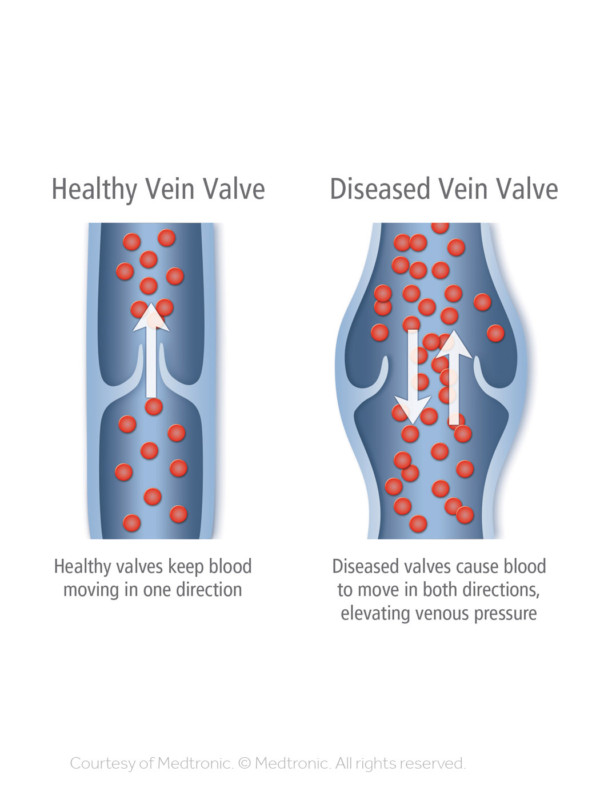
Varicose Vein Treatments
Endovenous Thermal Ablation
Using ultrasound, a physician places a catheter into the varicose vein through a small opening in the skin. The tiny catheter, powered by radio-frequency (RF) energy or laser, delivers heat to the vein wall. As the thermal energy is delivered, the vein wall shrinks and the vein is sealed closed. Once the diseased vein is closed, blood is re-routed to other healthy veins.
Sclerotherapy
An extremely fine needle is used to inject the problem varicose or spider vein with a solution which shrinks the vein. The solution irritates the lining of the blood vessel, causing it to swell and stick together, and the blood to clot. Over time, the vessel turns into scar tissue that fades from view.
Ambulatory Phlebectomy
A minimally invasive surgical technique is used to treat varicose veins not caused by saphenous vein reflux. The abnormal vein is removed through a tiny incision or incisions using a special set of tools. The procedure is done under local anesthesia, and typically takes under an hour. Recovery is rapid, and most patients do not need to interrupt regular activity after the procedure.
Our physicians specialize in:
- Varicose Veins / Venous Insufficiency
- Venous Thromboembolic Disease (VTE)
- Venous Malformations
- Pelvic Congestion Syndrome
- Peripheral Arterial Disease (PAD)
- Uterine Fibroids
- IVC Filter Removal
- Compression Fractures / Vertebroplasty
Meet The Physicians

Jared Bailey, M.D.
Dr. Jared Bailey received his medical doctorate from Ohio State University graduating cum laude. He completed a radiology residency at Indiana University School of Medicine and furthered his studies with an interventional radiology fellowship at University of Michigan.
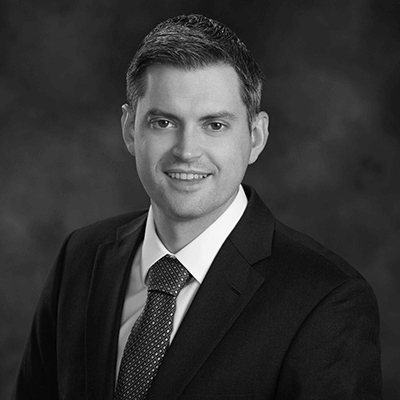
Artur Narkiewicz-Jodko, M.D.
Dr. Artur S. Narkiewicz-Jodko received his doctorate from the Oregon Health and Science University. He then went on to complete his residency at Santa Barbara Cottage Hospital in Diagnostic Radiology, and his fellowship in Interventional Radiology at Dartmouth-Hitchcock Medical Center.
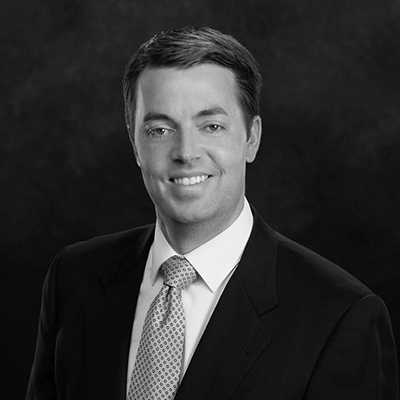
Stephen Preece, M.D.
Dr. Preece received his Medical Doctorate from Johns Hopkins University School of Medicine in Baltimore, Maryland. After completing a residency in Radiology, he furthered his training in a Vascular and Interventional Radiology fellowship at Duke University Hospital in Durham, North Carolina.
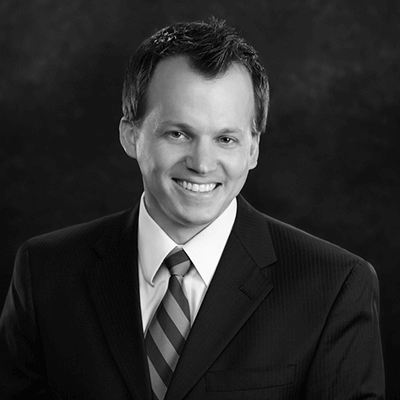
David Behrmann, M.D.
Dr. David Behrmann attended medical school at the University of Oklahoma and completed a Radiology residency at the Johns Hopkins Hospital in Baltimore, Maryland. Subsequently, Dr. Behrmann completed an Interventional Radiology fellowship at the Johns Hopkins Hospital.

Fritz Schmutz, M.D.
Dr. Fritz Schmutz received his Medical Doctorate from the University of Utah Medical School. After medical school he completed a rotational internship at the Swedish Hospital Medical Center in Seattle, WA. He then went on to complete a residency in Radiology and a fellowship in Neuroradiology from the University of Washington.
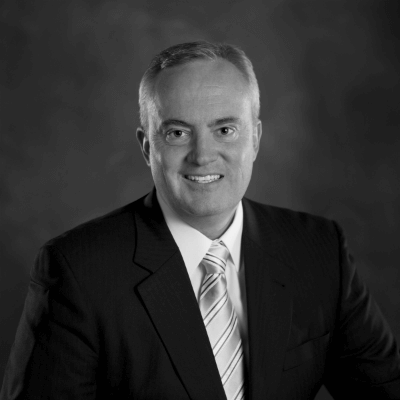
John Strobel, M.D.
Dr. John Strobel received his Medical Doctorate from Creighton University. While attending Creighton, he was a member of Phi Beta Kappa. After completing his education, Dr. Strobel did residencies in Internal Medicine at Creighton University and Diagnostic Radiology at University of Nebraska where he served as Chief Resident.
Billing
As a partner in your health care, Teton Vascular Institute files primary and secondary insurance claims for radiology services. We understand insurance processing is complex and would like to share some information to help you with the billing process.
Even if your insurance plan authorizes and covers your exam or procedure, you are responsible for any co-payment, co-insurance, or deductible amount specified by your insurance plan. Check with your health plan to verify your coverage. If we do not have your current insurance information, contact one of our billing representatives to assist in the proper filing of your claim.
We have recently changed our billing provider. Please note your date of service in order to reach the correct representative to assist with payment or information regarding your bill.
For services received after July 31, 2023:
Contact: (800) 475-3698
Email: customerservice@msnllc.com
Pay Online / Live Chat:
For services received prior to August 1, 2023:
Contact: (904) 539-9063
